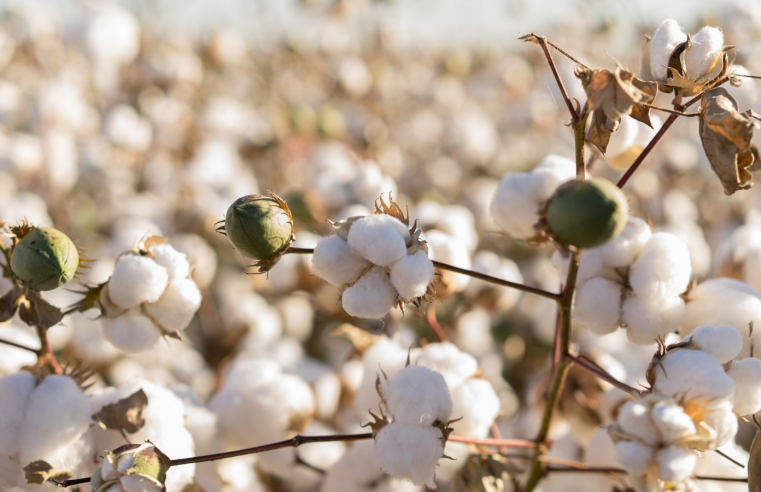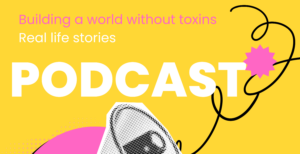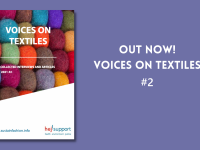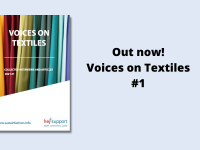The ‘World’s Dirtiest Crop’: Pesticide Use in Cotton Production
Cotton is ubiquitous and widely used throughout the world in the textile and garment industry. However, cotton production can lead to adverse impacts on both human health and the environment due in large part to pesticide use during production.
→ →






